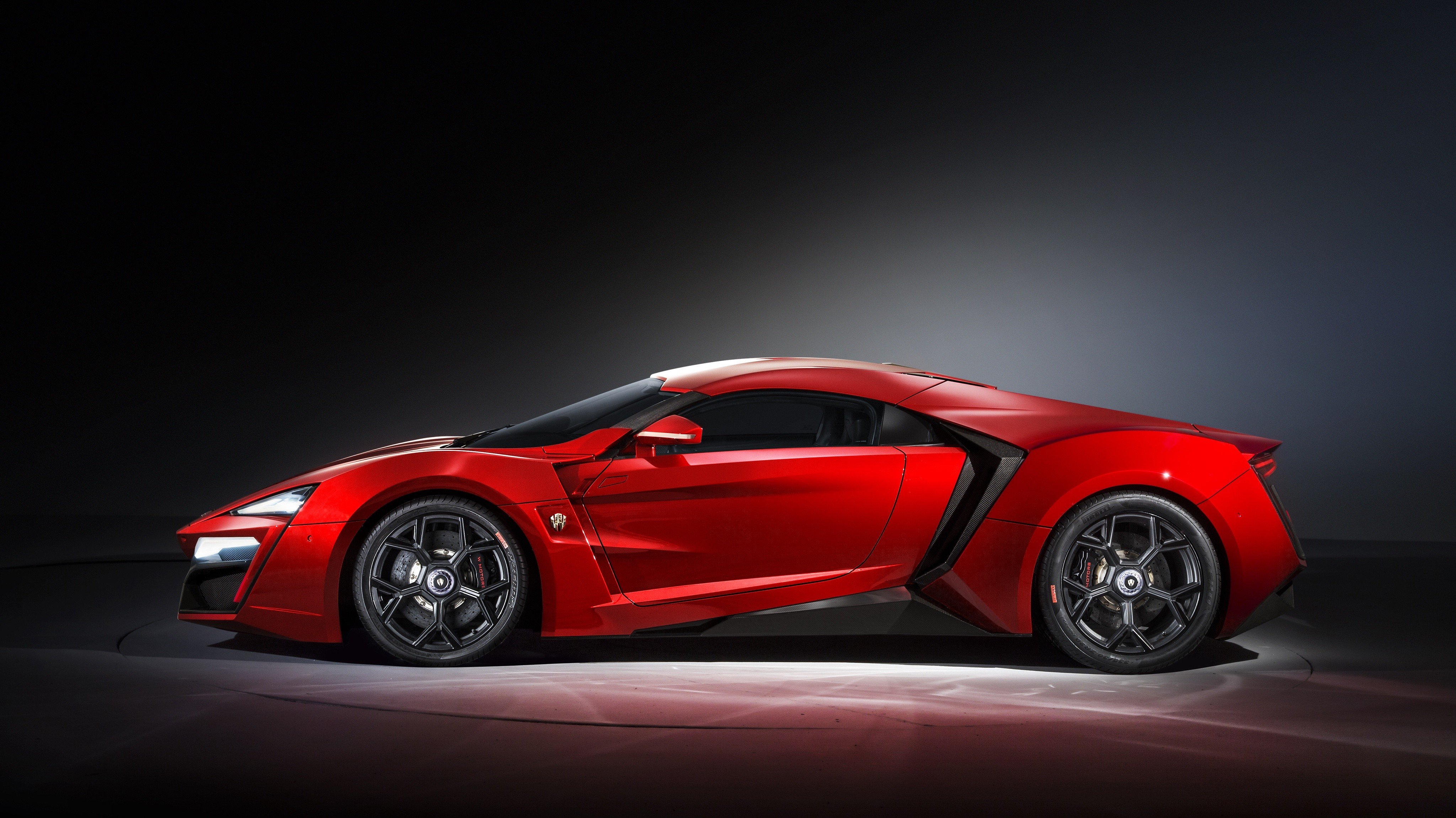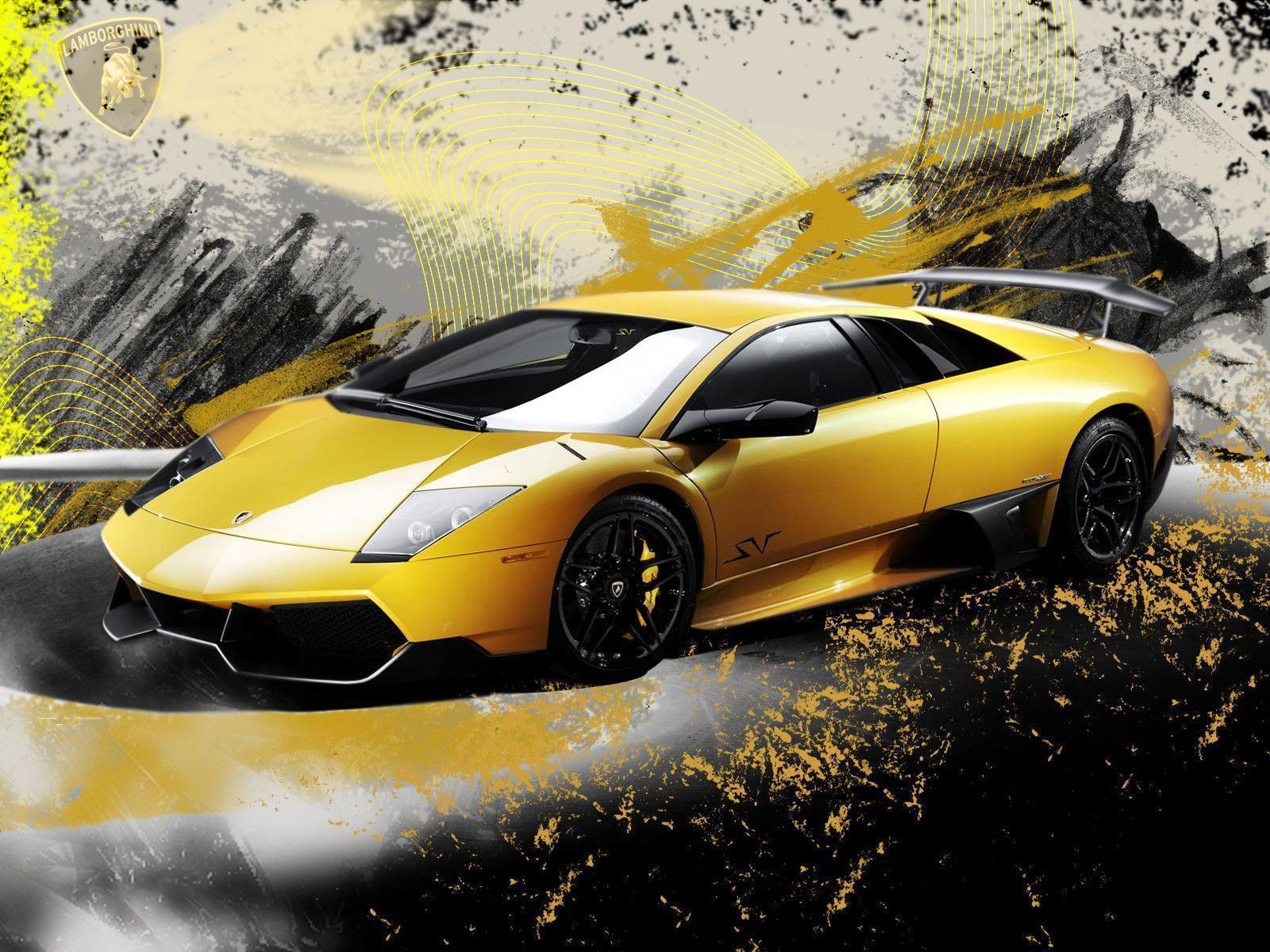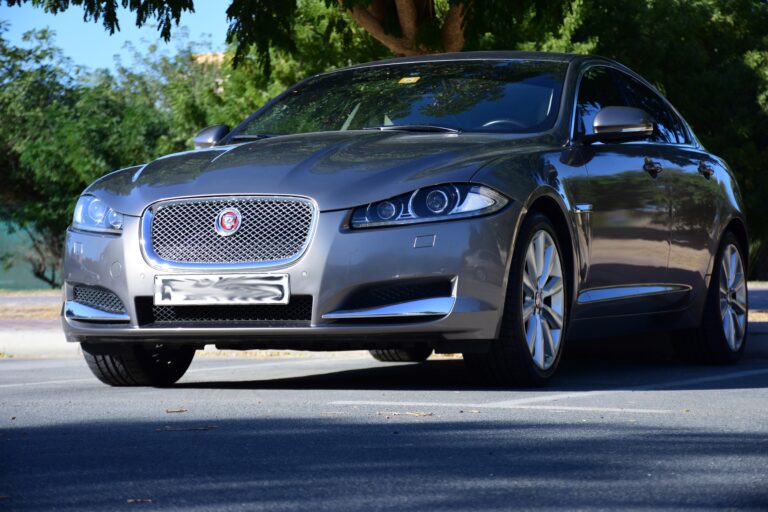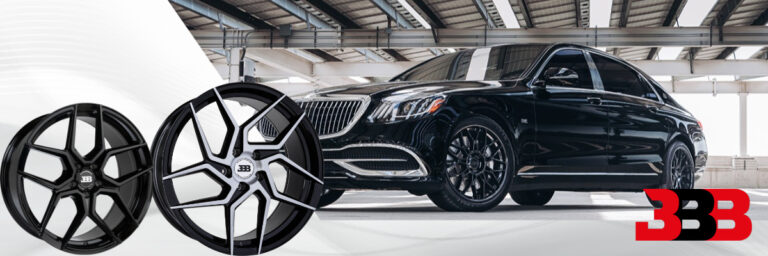Car Brand Origins: Unveiling the Genesis of Automotive Icons
Car Brand Origins: Unveiling the Genesis of Automotive Icons cars.truckstrend.com
The automobile is more than just a mode of transport; it’s a cultural artifact, a symbol of innovation, and for many, a deeply personal extension of identity. At the heart of this connection lies the brand – a name, a logo, a legacy that evokes specific emotions, values, and expectations. But how did these iconic brands come to be? What stories, ambitions, and circumstances forged their very essence? Understanding "Car Brand Origins" is to embark on a fascinating journey through industrial revolution, human ingenuity, and national aspirations, revealing the foundational DNA that continues to shape these automotive giants today.
Car brand origins are the seminal moments, the pioneering individuals, the economic landscapes, and the socio-political contexts that led to the creation and initial development of automotive marques. They are the roots from which mighty trees have grown, influencing everything from design philosophy and engineering prowess to target markets and brand perception. Delving into these origins is not merely a historical exercise; it offers invaluable insights into brand resilience, adaptation, and the enduring power of a compelling founding story.
Car Brand Origins: Unveiling the Genesis of Automotive Icons
The Dawn of Automotive Empires: Early Pioneers and Visionaries
The earliest car brands were, almost without exception, extensions of their founders’ names and personal visions. These individuals were often brilliant engineers, shrewd businessmen, or daring innovators who saw the potential of the nascent "horseless carriage." Their names became synonymous with their creations, imbuing the brand with a sense of personal craftsmanship and pioneering spirit.
- Karl Benz and Gottlieb Daimler (Mercedes-Benz): Often credited with inventing the first automobiles, Benz and Daimler initially worked independently. Their separate companies, Benz & Cie. and Daimler-Motoren-Gesellschaft (DMG), eventually merged in 1926 to form Daimler-Benz AG, giving birth to the legendary Mercedes-Benz brand. The "Mercedes" name came from the daughter of Emil Jellinek, a wealthy Austrian automobile entrepreneur and DMG shareholder, who famously raced and sold DMG cars. This origin highlights the fusion of engineering genius with commercial acumen.
- Henry Ford (Ford): Henry Ford’s vision was revolutionary: to build an automobile for the masses. His company, founded in 1903, didn’t just invent a car; it invented a production system – the moving assembly line – that democratized car ownership. Ford’s origin story is one of industrial innovation, efficiency, and a relentless pursuit of affordability.
- Armand Peugeot (Peugeot): Unlike many automotive pioneers, Peugeot’s roots predate the automobile by over a century, starting as a family business in the 1810s producing coffee mills, bicycles, and tools. When Armand Peugeot introduced the first Peugeot automobile in 1891, the brand already carried a legacy of quality manufacturing and diverse product lines, giving it an established credibility from day one.
- André Citroën (Citroën): A brilliant engineer and industrialist, André Citroën applied mass production techniques learned from Ford to European manufacturing. Founded in 1919, Citroën quickly became known for its innovative technology and bold designs, reflecting its founder’s forward-thinking approach.

Key Information & Benefits: Understanding these founder-driven origins reveals how a strong individual vision can lay the groundwork for an enduring brand identity. It emphasizes the importance of innovation, whether in engineering, production, or marketing, right from the outset.
From Workshops to Global Corporations: The Evolution of Production and Scale
As the automotive industry matured, the focus shifted from individual craftsmanship to large-scale production. This era saw the emergence of massive corporations that consolidated smaller marques or developed entirely new strategies for market dominance.
- General Motors (GM): Founded by William C. Durant in 1908, GM’s origin was one of strategic acquisition. Durant assembled a diverse portfolio of brands (Buick, Oldsmobile, Cadillac, Oakland – later Pontiac – and Chevrolet) to cater to different market segments. GM’s origin story is about portfolio diversification and the power of a multi-brand strategy, a blueprint many auto groups follow today.
- Volkswagen (VW): Volkswagen’s origin is unique, rooted in a political directive from Adolf Hitler in the 1930s to create a "people’s car" (Volkswagen) that was affordable and reliable. Post-WWII, under British military administration and later German control, VW became a symbol of German economic recovery and industrial prowess. Its origin ties directly to national identity and economic rebuilding.

Important Considerations: The transition from individual workshops to corporate entities brought new challenges, including managing diverse brands, achieving economies of scale, and navigating global markets. However, it also offered solutions for growth, stability, and wider market reach.
Motorsport as a Cradle: Performance and Pedigree
For several iconic brands, the roar of the engine and the thrill of competition were not just marketing tools, but the very crucible of their creation and development. Motorsport provided a testing ground for technology, a stage for demonstrating superiority, and an unparalleled platform for building brand mystique.

- Ferrari: Enzo Ferrari’s initial venture was Scuderia Ferrari, a racing team that prepared and raced Alfa Romeo cars. It wasn’t until 1947 that he started building road cars to fund his racing ambitions. Ferrari’s origin is inextricably linked to racing; every road car is seen as a direct descendant of its racing pedigree, making "performance" and "exclusivity" core to its DNA.
- Porsche: Ferdinand Porsche, a brilliant engineer, designed cars for various manufacturers before establishing his own design firm in 1931. The first car to bear the Porsche name, the 356, was born out of his son Ferry’s vision to build a sports car. Porsche’s origin is rooted in engineering excellence and a relentless pursuit of driving dynamics, heavily influenced by racing success.
Practical Advice & Actionable Insights: For brands seeking to establish a high-performance or luxury image, these origins demonstrate the power of authentic engagement with motorsport or other extreme testing environments. It builds credibility and a compelling narrative that resonates with enthusiasts.
Mergers, Acquisitions, and Rebirths: The Shifting Landscape
The automotive industry is dynamic, characterized by periods of intense consolidation, strategic partnerships, and even the revival of dormant brands. These origins speak to the fluid nature of corporate ownership and the enduring value of a brand name, even when its original founders or circumstances are long gone.
- Jaguar Land Rover (JLR): Both Jaguar and Land Rover have complex ownership histories, having been part of British Leyland, Ford, and now owned by Tata Motors of India since 2008. This origin highlights how distinct brands can thrive under new ownership, bringing global resources while retaining their unique heritage.
- MG: The British marque MG has seen multiple owners and periods of dormancy. Its current ownership by SAIC Motor Corporation of China represents a "rebirth" of the brand, leveraging its historical appeal for a new generation of vehicles, often with an emphasis on electrification.
- Rolls-Royce: While the original company founded by Charles Rolls and Henry Royce ceased to exist in its original form, the name and legacy were acquired by BMW in 1998. This showcases how a brand’s prestige and heritage can be so powerful that it commands significant investment for its continuation, even under completely new corporate stewardship.
Challenges & Solutions: Mergers and acquisitions present challenges in maintaining brand identity, integrating corporate cultures, and avoiding dilution. Solutions involve careful strategic planning, respecting the acquired brand’s heritage, and investing in its unique selling propositions.
The Power of Naming: Crafting Identity from the Start
The name of a car brand is its first impression, its sonic identity. The origins of these names are diverse and often deeply symbolic:
- Founders’ Names: Benz, Ford, Peugeot, Honda, Ferrari, Porsche, Lamborghini. Simple, direct, and often conveying a personal touch of craftsmanship or genius.
- Locations: Cadillac (after Antoine de la Mothe Cadillac, founder of Detroit), Chevrolet (after Louis Chevrolet, a Swiss racing driver living in Detroit).
- Concepts/Ideas: Volkswagen (people’s car), Subaru (Japanese name for the Pleiades star cluster, symbolizing the five companies that merged to form Fuji Heavy Industries).
- Acronyms/Initials: BMW (Bayerische Motoren Werke – Bavarian Motor Works), Fiat (Fabbrica Italiana Automobili Torino – Italian Automobile Factory of Turin).
Tips: A strong brand name, rooted in a meaningful origin, can provide an immediate sense of identity, values, and even national pride. It’s a foundational element of marketing and brand recognition.
Table of Car Brand Origin Types and Examples
To summarize the diverse paths to automotive prominence, here’s a table illustrating various origin types and their defining characteristics:
| Origin Type | Description | Example Brands | Key Characteristic / Legacy |
|---|---|---|---|
| Founder-Driven | Brand built directly on the vision, name, and often the engineering prowess of its individual founder(s). | Ford, Benz, Peugeot, Ferrari, Honda, Porsche, Lamborghini | Strong personal legacy, often embodies founder’s specific innovation or philosophy. |
| Consolidation/Portfolio | Brand created or expanded through the strategic acquisition and grouping of multiple existing marques. | General Motors, Stellantis (merger of FCA and PSA), Volkswagen Group | Market diversification, economies of scale, catering to multiple segments under one umbrella. |
| National/Post-War Revival | Brand born from a national initiative, often post-war, to provide affordable transport or symbolize industrial recovery. | Volkswagen, Fiat (post-WWII), Toyota (post-WWII expansion) | Embodies national pride, resilience, focus on practicality and mass appeal. |
| Motorsport Cradle | Brand whose very existence or primary identity is intrinsically linked to competitive racing and performance development. | Ferrari, McLaren, Lotus | Emphasis on performance, cutting-edge technology, and a direct link to racing success. |
| Luxury/Artisanal Offshoot | Brand that emerged from an existing luxury goods manufacturer or a specialized coachbuilder. | Rolls-Royce (originally part of an engineering/motor company), Bugatti (luxury and racing focus) | Uncompromising quality, exclusivity, bespoke craftsmanship. |
| Rebirth/Acquisition | A historic brand name acquired by a new entity (often foreign) and revived with new models and strategic direction. | MG (under SAIC), Volvo (under Geely), Jaguar Land Rover (under Tata Motors) | Leveraging historical prestige for new markets/technologies, global expansion. |
| Technological Innovation | Brand founded specifically to pioneer a new automotive technology or approach (e.g., electric vehicles). | Tesla, Rivian, Lucid Motors (more recent examples) | Focus on disruptive technology, sustainability, and breaking traditional molds. |
Frequently Asked Questions (FAQ)
Q1: Which is the oldest continuously operating car brand?
A1: While Karl Benz’s Patent-Motorwagen from 1886 is often cited as the first automobile, the oldest continuously operating automobile manufacturer is generally considered to be Peugeot, which began as a family business in the early 19th century and produced its first car in 1891. Daimler-Benz (Mercedes-Benz) also has very deep roots.
Q2: Do all car brands start by making cars?
A2: No. Many, like Peugeot, started with other products (coffee mills, bicycles). Honda began with motorcycles. Some, like Rolls-Royce, started with engineering or engines before focusing solely on automobiles.
Q3: How do car brands get their names?
A3: Names originate from various sources: founders’ names (Ford, Ferrari), locations (Cadillac, Toyota – originally Toyoda), concepts or ideas (Volkswagen meaning "people’s car"), or even mythological figures or celestial bodies (Subaru).
Q4: What’s the difference between a brand’s origin and its current ownership?
A4: A brand’s origin refers to its initial creation, its founders, and the circumstances of its birth. Current ownership refers to the company or conglomerate that owns the brand today, which can change multiple times throughout its history (e.g., Volvo was founded in Sweden, now owned by China’s Geely). The origin informs the brand’s heritage, while current ownership dictates its present strategy and future direction.
Q5: Why are some car brands associated with specific countries?
A5: Many car brands were deeply intertwined with their national industrial development, post-war reconstruction efforts, or specific national engineering philosophies. For example, German brands are often associated with precision engineering, Italian brands with passion and design, and Japanese brands with reliability and efficiency.
Conclusion
The origins of car brands are a rich tapestry woven from ambition, innovation, economic forces, and often, serendipity. From the pioneering spirit of individual engineers to the strategic consolidations of industrial titans, each brand carries a unique foundational story that shapes its identity, design philosophy, and enduring appeal. Understanding these origins provides a deeper appreciation for the vehicles we drive, revealing not just their mechanical prowess but the human drama and historical currents that brought them to life. As the automotive world continues to evolve, embracing electrification and new forms of mobility, the lessons from these origins – adaptability, vision, and the power of a strong identity – remain more relevant than ever. The story of car brands is, in essence, the story of human progress and aspiration on wheels.






